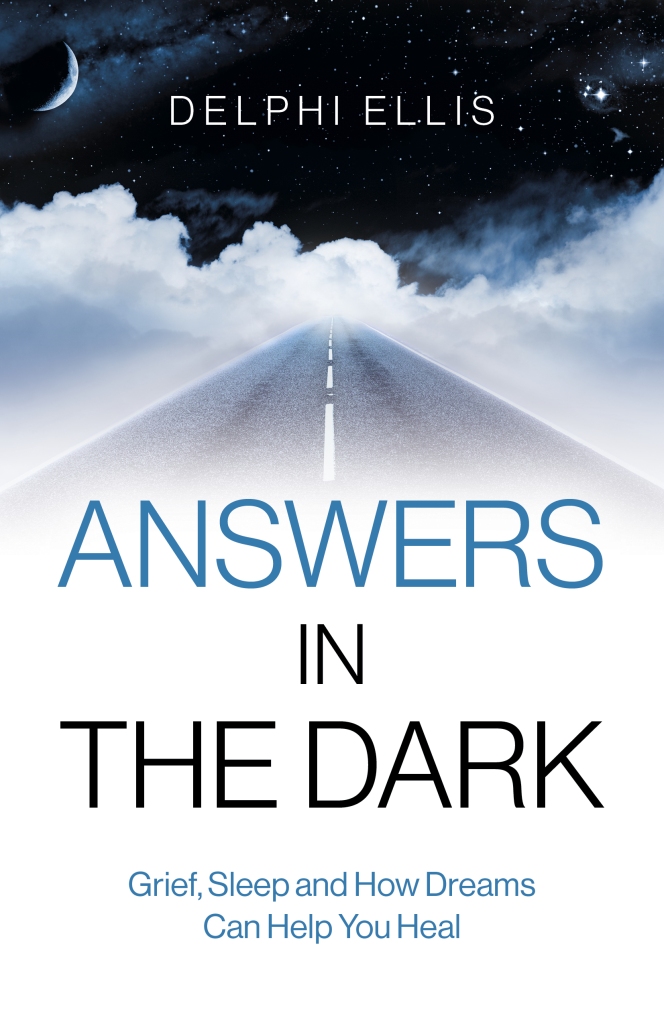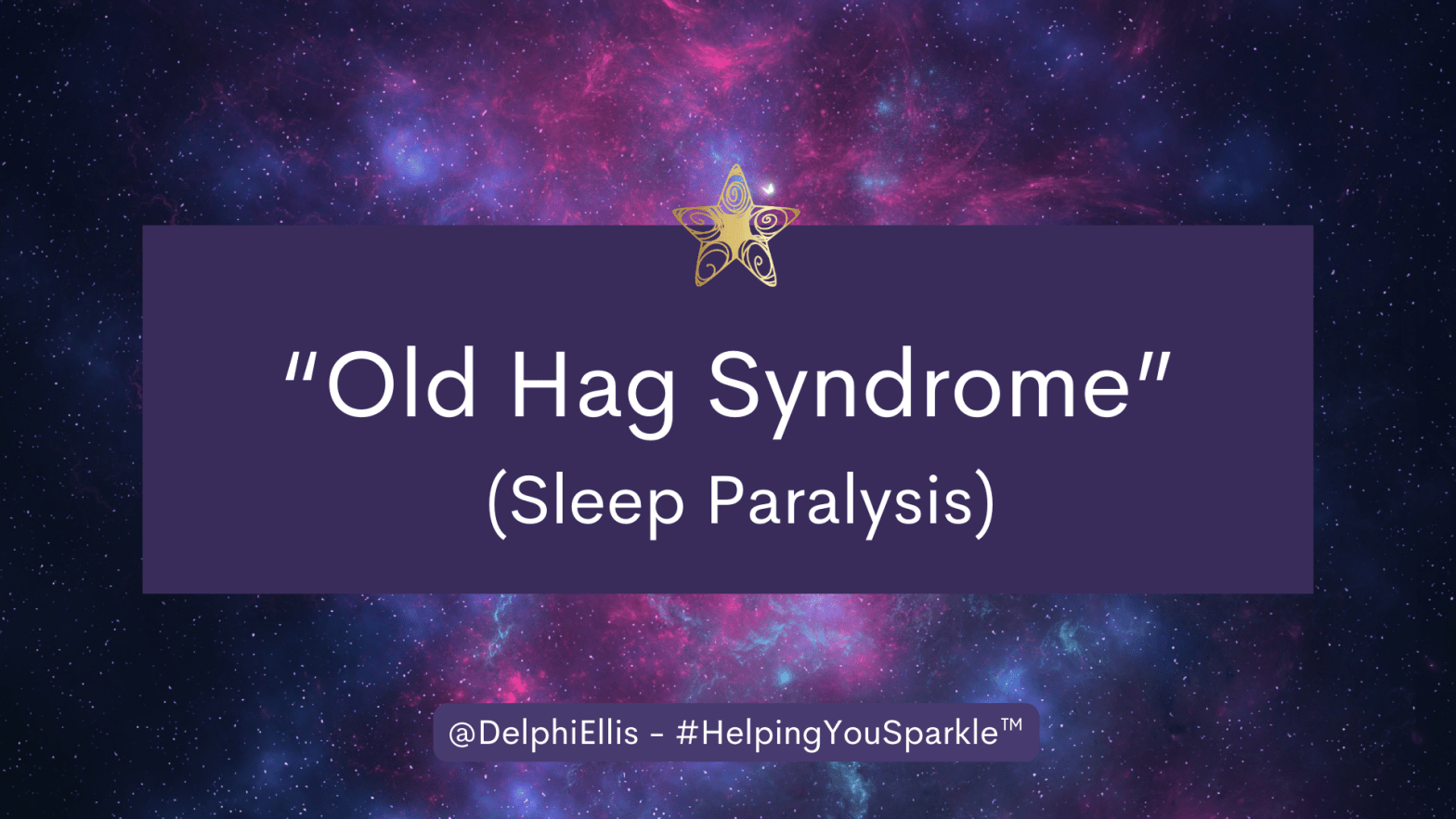You may have had an experience where you’ve woken up in the morning and realised you couldn’t move. This is commonly referred to today as Sleep Paralysis.
In Answers In The Dark, I explain that at one time, it was also referred to as ‘Old Hag Syndrome’ – the reason being because this was also accompanied by a ‘vision’ or hallucination of a shadow in the doorway, often perhaps a feeling of pressure on the chest (the shadow thought to be the ‘Old Hag’ – a presence or a ‘spirit’ that shouldn’t be there).
It can be a terrifying experience but the good news is should only last a couple of minutes, and before too long at all, you realise no one is there.
What causes it?
There are many reasons we may experience this type of phenomena, one is that it usually seems to occur as we are coming out of dreaming sleep.
We know that when we dream we are essentially paralysed (the most common reason for that is most likely so we don’t carry out whatever it is we’re dreaming!). However, for some people that paralysis continues beyond the dream state and briefly into waking, so they feel as if they can’t move and may even try to call out and realise they can’t.
Another reason, I mention in the video above, is something called the First Night Effect (also covered in Answers In The Dark). Our brain seems to be wired with a form of internal bodyguard, that is constantly scanning our environment even while we are asleep.
This means that whenever we stay in a new place, like a hotel or move house, it makes sense that our brain is naturally cautious about how safe we are. (It may take a few days, even weeks in some cases for this to settle down). The First Night Effect then may also have an impact on the Sleep Paralysis in the morning, either through sleep deprivation or possibly the stress of being somewhere new.
What helps?
We know that winding down before bed can be useful in setting us up for a good night’s sleep. This might include practising good sleep hygiene like having a warm bath before bed, or reducing caffeine, or trying a relaxation activity like mindful breathing (there are several activities in Answers In The Dark).
If stress is part of the problem, you might try to deal with that during the day rather than it showing up for you at night. Where that’s not possible (for example if you’re navigating divorce or a bereavement), try to engage in regular, restorative acts of self-care to take care of yourself, controlling what you can and easing off on what you can’t. You might find this helps with any nightmares you’re having too.
Always speak to your doctor though if you are worried about these types of experiences, especially if it’s causing you any distress.
Delphi is the author of Answers In The Dark: Grief, Sleep and How Dreams Can Help You Heal, out now on Amazon and Hive. The Dreams Maven™ is part of the Helping You Sparkle™ portfolio. You might also like Monday Mojo™.

Out Now
The 4 am Mystery: That’s an actual thing by the way. Even before a global health crisis, people found themselves awake in the middle of the night. Answers In The Dark aims to join the dots between sleep, dreams and our mental health, specifically how grief shows up, even if no one has died.
It explores some of the Big Myths of sleep, offers a Sleep Cycle Repair Kit and tips on how to decode your own dreams. Out now on Amazon and Hive.
#1 Best Seller on Amazon for its category.
© Delphi Ellis 2023 – please note this content may also appear elsewhere as promotional material for Answers In The Dark.

4 thoughts on “What is Old Hag Syndrome (Sleep Paralysis)?”
Comments are closed.